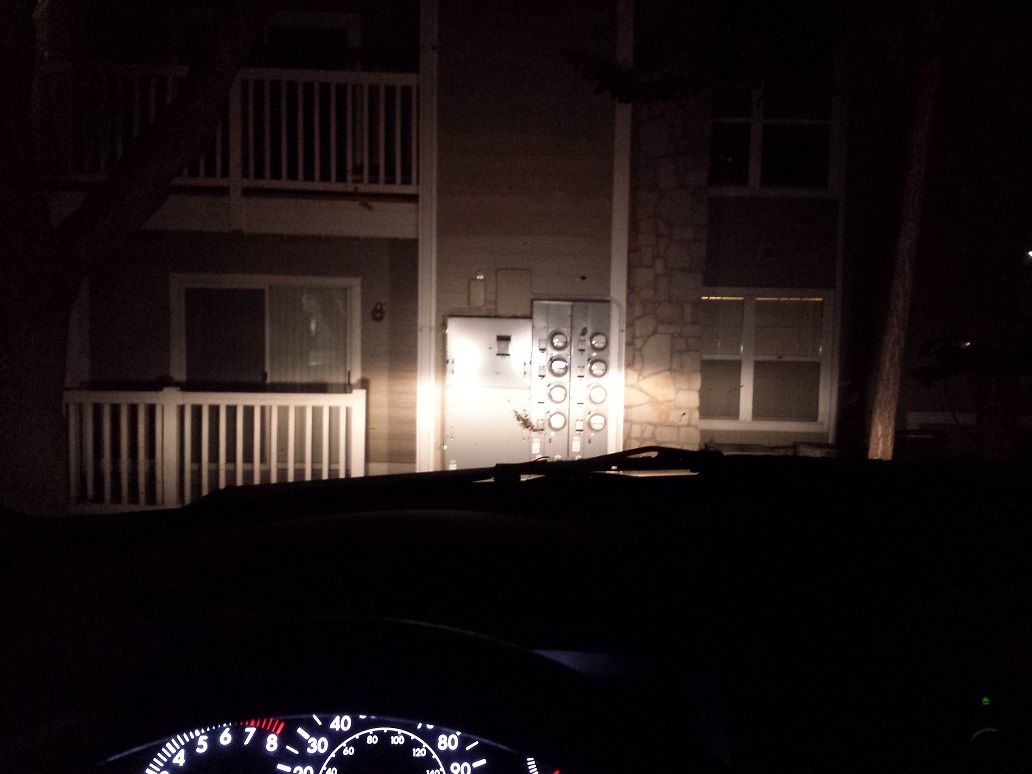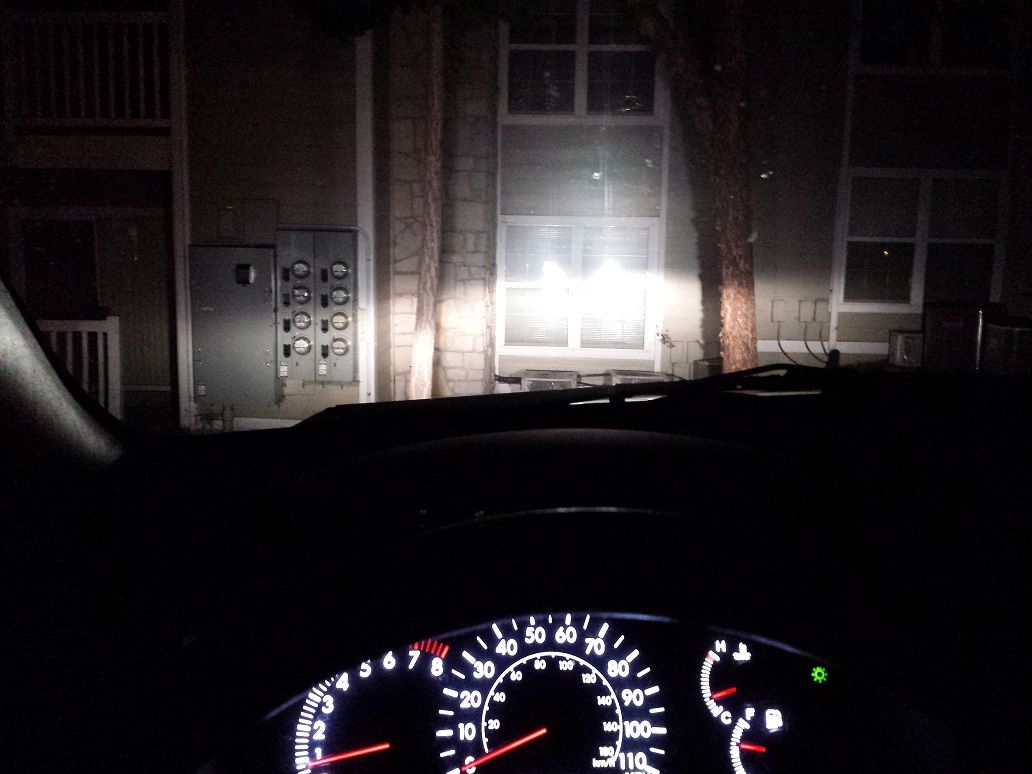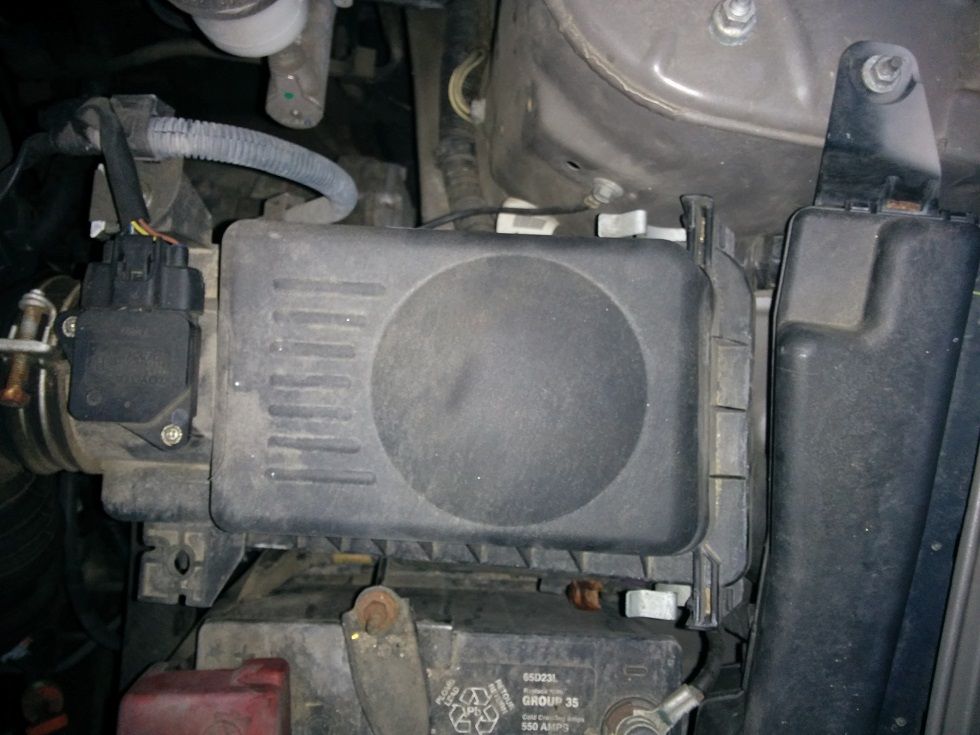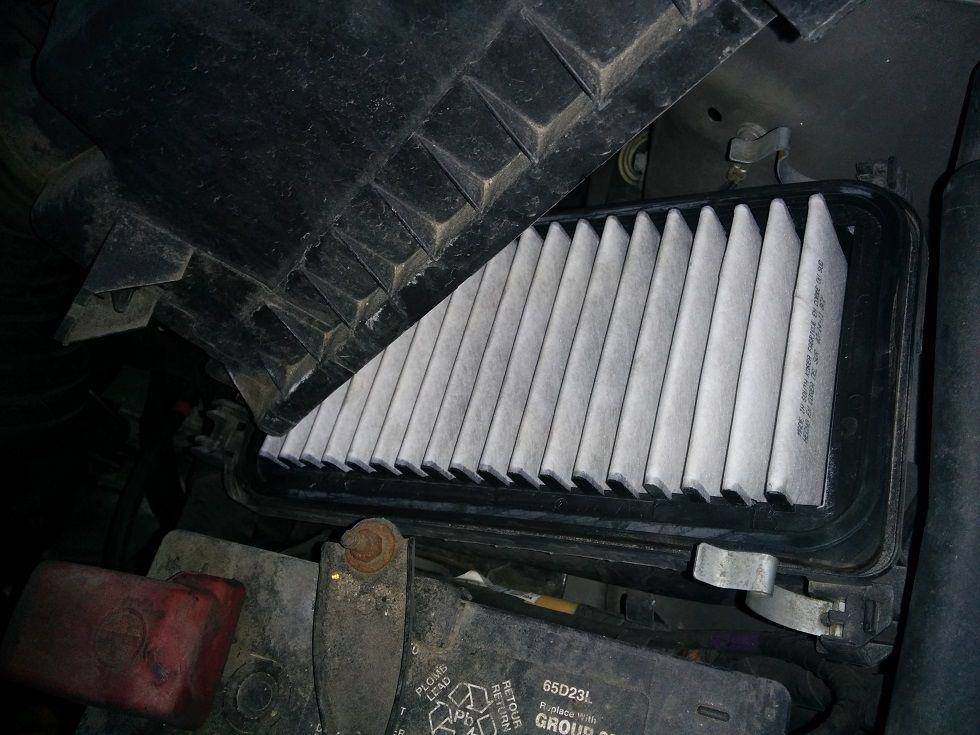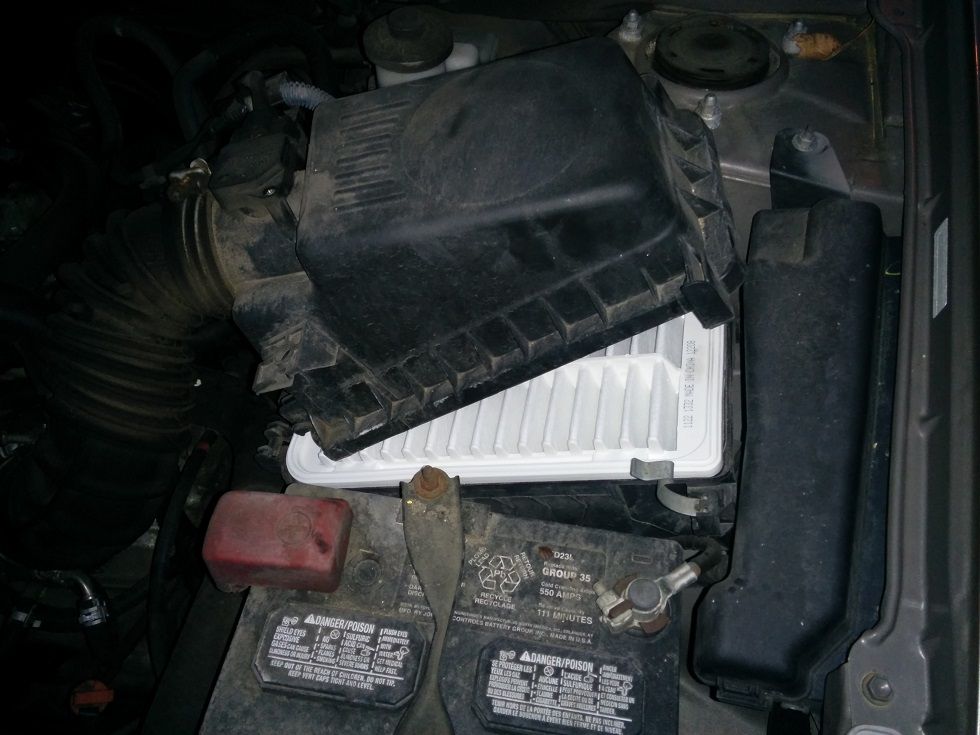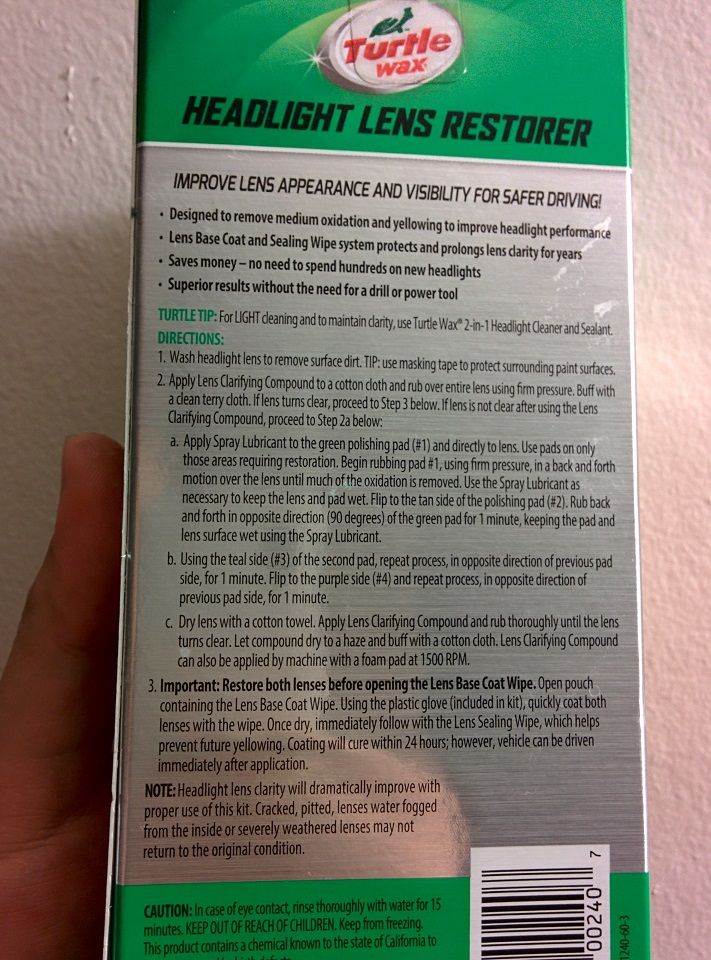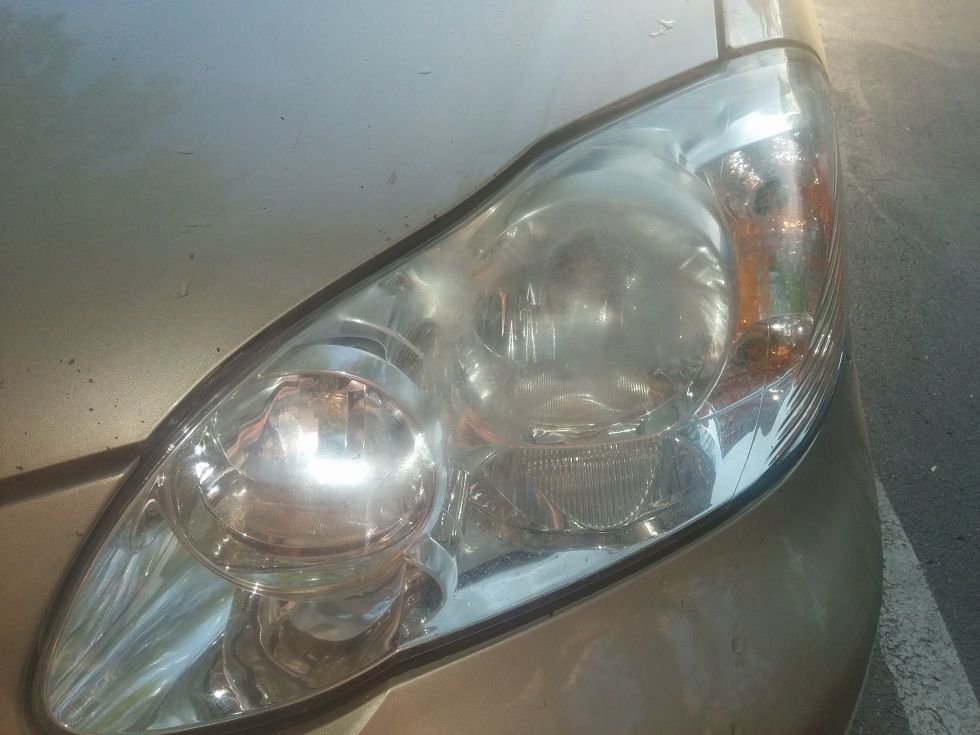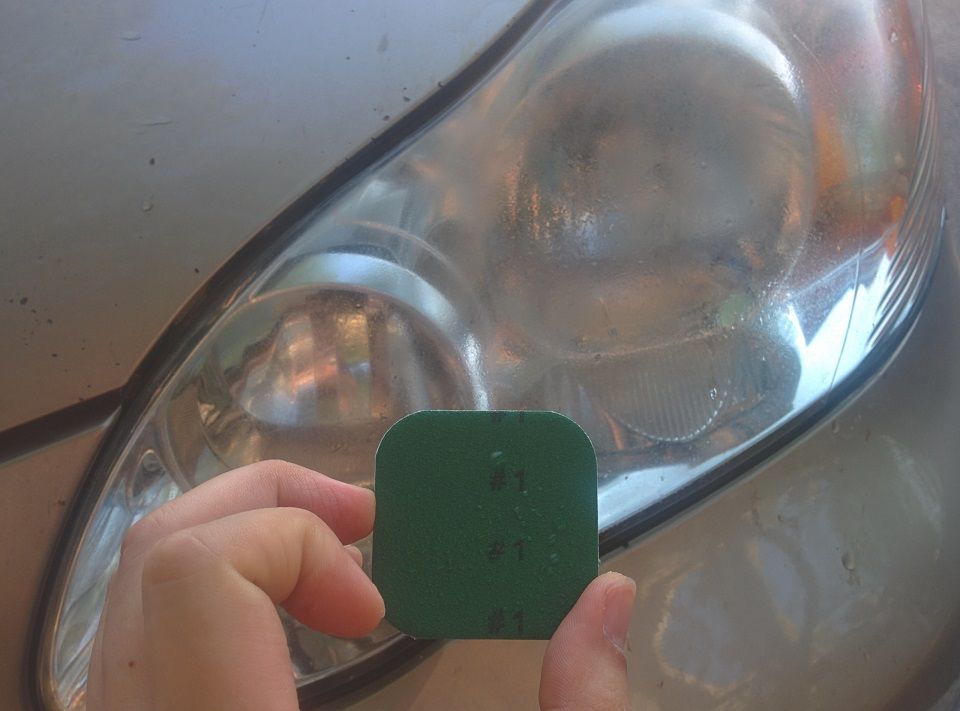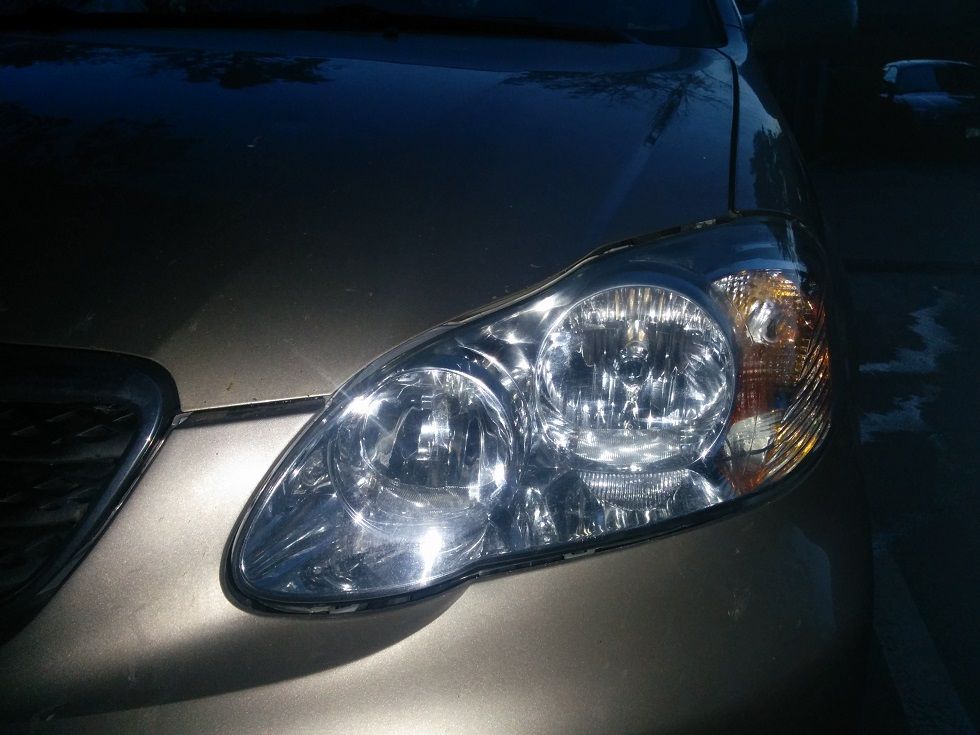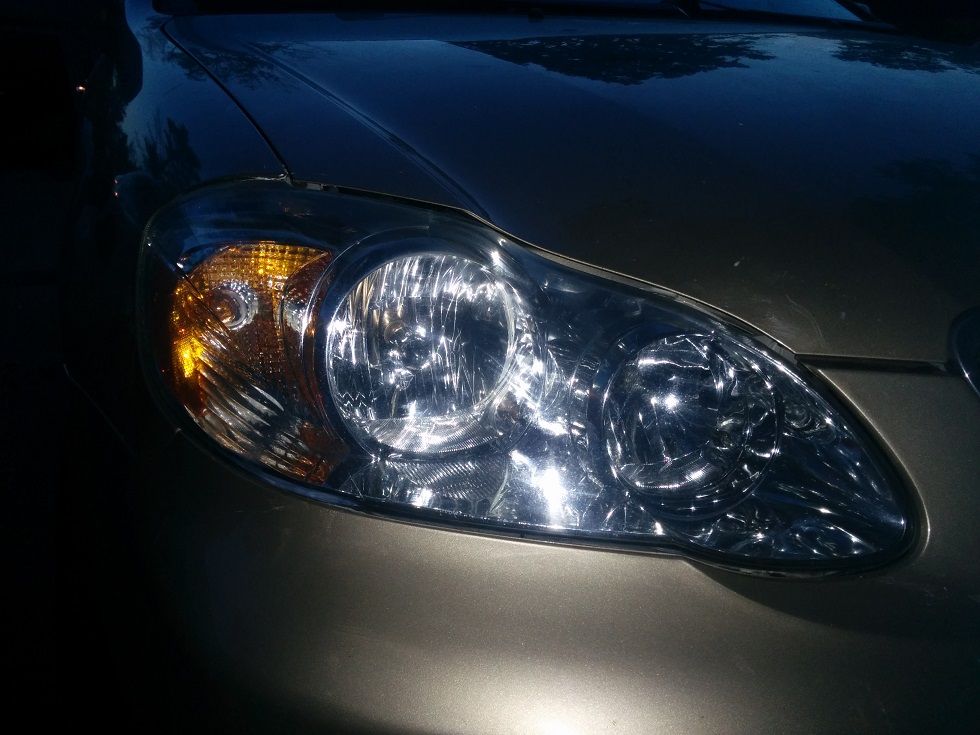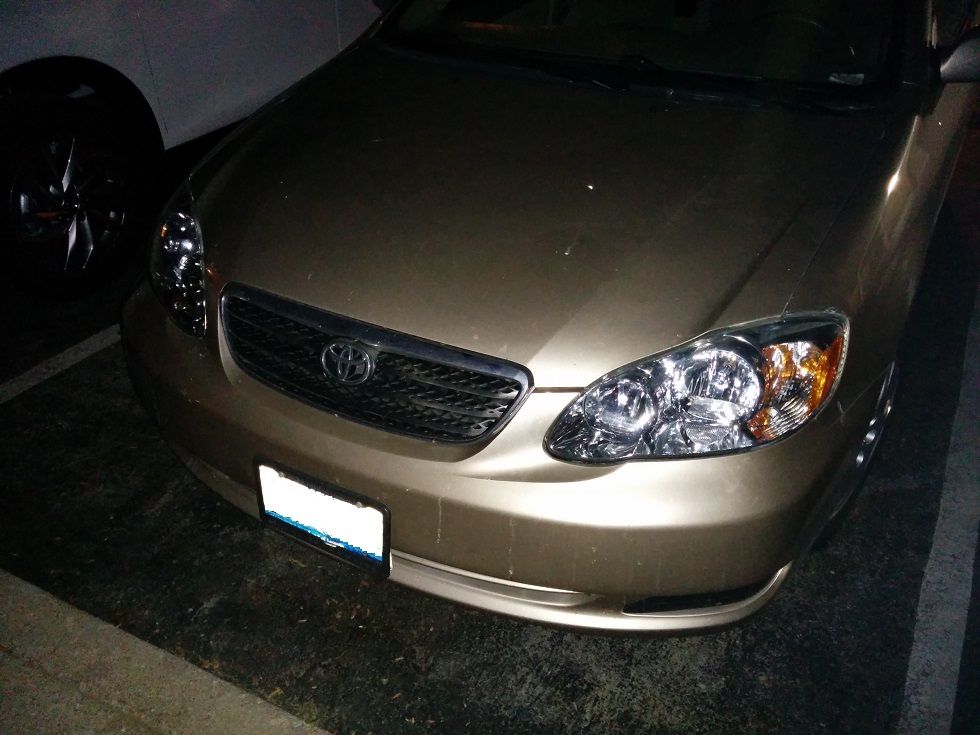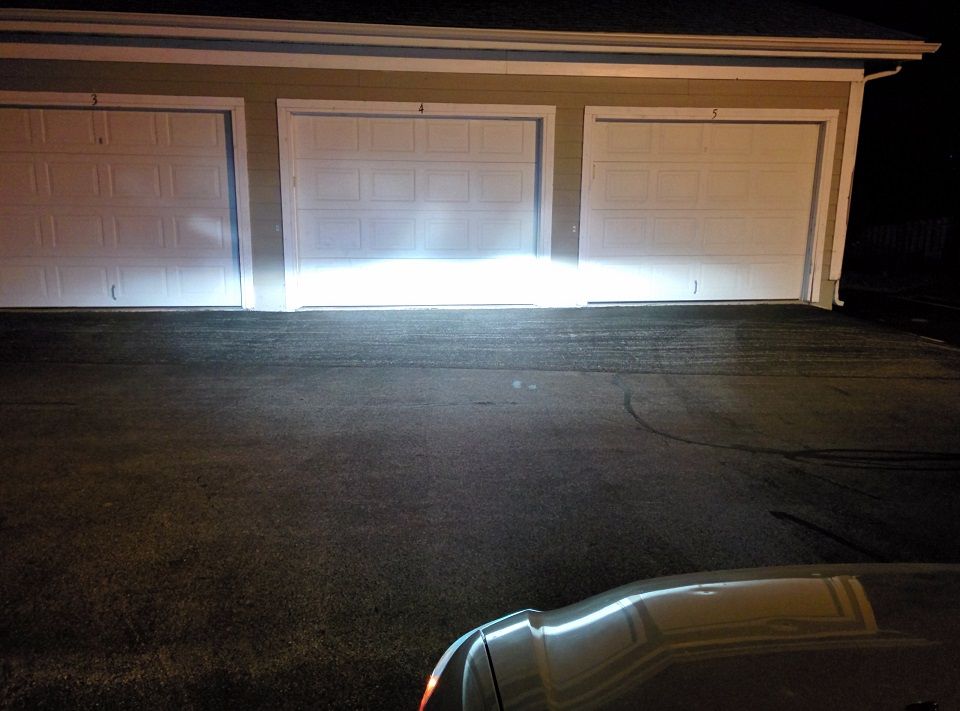Hey all
Was recently given a 2007 Toyota Corolla LE in automatic with roughly 160k miles on it. Parents basically gave this car to me to use as a beater when they bought their new Camry. Other cars in my stable include an 06 Evo IX with various mods, and an 08 Mini Cooper base that I run in HS for SCCA Solo. If the Rolla were manual rather than auto I definitely would have tried running it as well, but sadly it will just be relegated to DD duties, and the Mini moved to a more dedicated role for HS. I'll post pics of all cars soon.
One thing I'll definitely be doing is keeping track of the MPG via fuelly.com. First tank of my own was ~36mpg, which is about what I expected. The Mini will do 38-42 easily depending on highway miles, but it also takes premium fuel. The actual cost per mile for the Rolla is lower due to only requiring regular.
Otherwise, I don't have too many plans for the car as far as mods go; I'll keep it for at least a year since it was a gift from my parents, but may eventually trade it in for something else.
Upcoming mods/maintenance:
- Stock headlights seem quite dim - will probably look into putting HIDs in, which seems to require disabling the DRLs/cutting wires etc. More input on that would be very appreciated
**update - after looking a little more into it (retrofitting projectors, etc.) i've decided it's a bit more than i wanted to go through with for the beater. I found these on Amazon - [ame]http://www.amazon.com/Philips-CrystalVision-Ultra-Headlight-Low-Beam/dp/B00480FIEG/[/ame] and seems to work well enough, and probably the best option for someone like me.
- Need new wipers, basic stuff. Bosch Clear Advantage seems to get decent ratings on Amazon, and cheap enough. 24" drivers, 18" pass side looks to be right.
- Change engine oil to Amsoil SSO 0w30 for improved cold-start wear and efficiency (have a dealer acct if anyone else is interested)
- Maybe change the auto trans fluid, and bump up the tire pressures for more efficiency.
Planning to keep things pretty minimal, but still enjoy making logs for this sort of thing. Thanks for the read!
Pic:

Was recently given a 2007 Toyota Corolla LE in automatic with roughly 160k miles on it. Parents basically gave this car to me to use as a beater when they bought their new Camry. Other cars in my stable include an 06 Evo IX with various mods, and an 08 Mini Cooper base that I run in HS for SCCA Solo. If the Rolla were manual rather than auto I definitely would have tried running it as well, but sadly it will just be relegated to DD duties, and the Mini moved to a more dedicated role for HS. I'll post pics of all cars soon.
One thing I'll definitely be doing is keeping track of the MPG via fuelly.com. First tank of my own was ~36mpg, which is about what I expected. The Mini will do 38-42 easily depending on highway miles, but it also takes premium fuel. The actual cost per mile for the Rolla is lower due to only requiring regular.
Otherwise, I don't have too many plans for the car as far as mods go; I'll keep it for at least a year since it was a gift from my parents, but may eventually trade it in for something else.
Upcoming mods/maintenance:
- Stock headlights seem quite dim - will probably look into putting HIDs in, which seems to require disabling the DRLs/cutting wires etc. More input on that would be very appreciated
**update - after looking a little more into it (retrofitting projectors, etc.) i've decided it's a bit more than i wanted to go through with for the beater. I found these on Amazon - [ame]http://www.amazon.com/Philips-CrystalVision-Ultra-Headlight-Low-Beam/dp/B00480FIEG/[/ame] and seems to work well enough, and probably the best option for someone like me.
- Need new wipers, basic stuff. Bosch Clear Advantage seems to get decent ratings on Amazon, and cheap enough. 24" drivers, 18" pass side looks to be right.
- Change engine oil to Amsoil SSO 0w30 for improved cold-start wear and efficiency (have a dealer acct if anyone else is interested)
- Maybe change the auto trans fluid, and bump up the tire pressures for more efficiency.
Planning to keep things pretty minimal, but still enjoy making logs for this sort of thing. Thanks for the read!
Pic:

Last edited:

